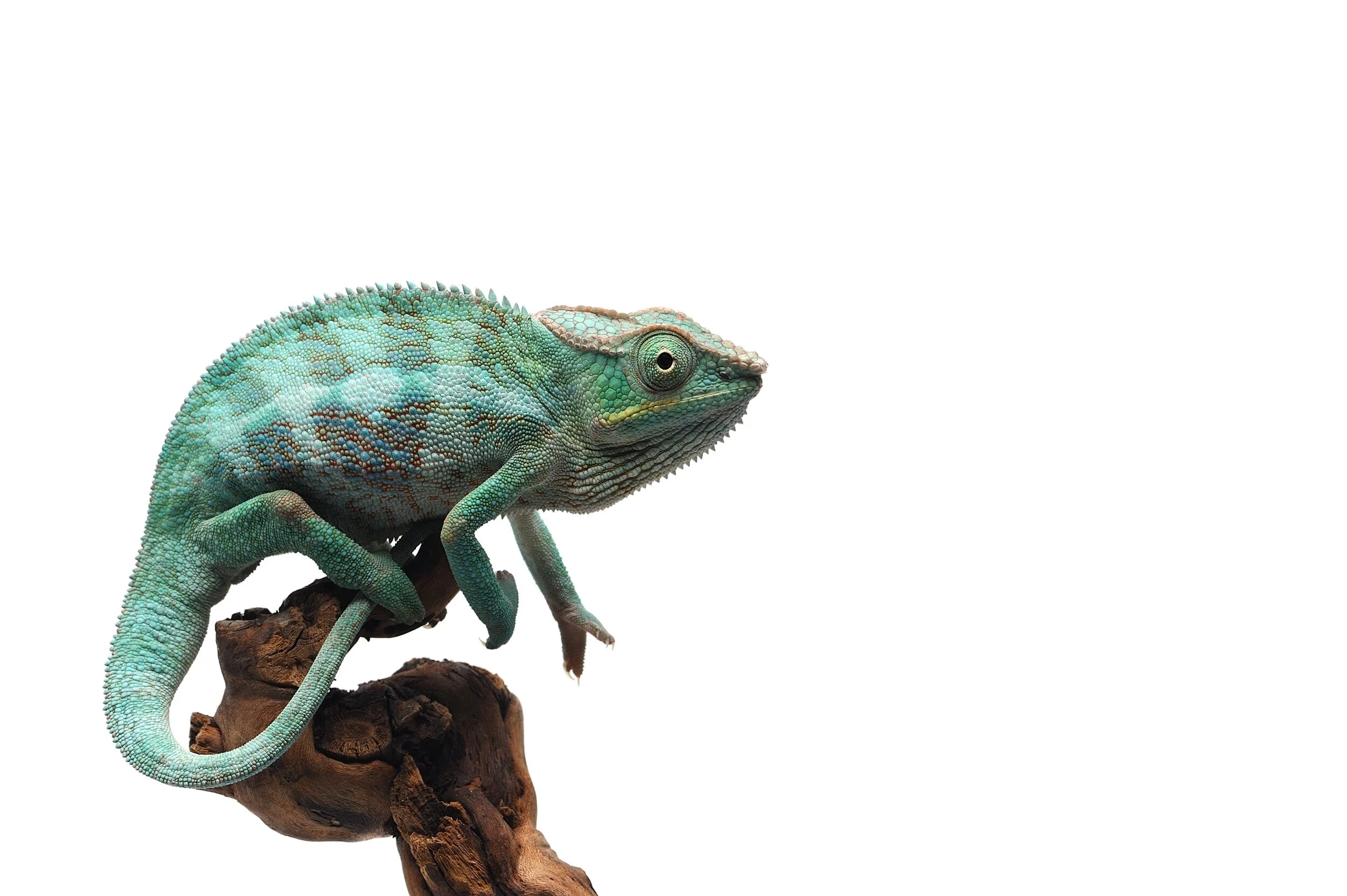3 Lies About Your Brain (no. 1): Your Brain is Part Reptilian
Whether you work in psychology, medicine or marketing, you’ve probably heard of it.
The “lizard brain.”
It’s “the reason you’re afraid,” writes Seth Godin, “the reason you don’t do all the art that you can…The lizard brain is the source of the resistance.”
Whatever you call it—the primitive brain, the reptilian brain, the first brain—the theory is compelling. If only we had a lizard in our brain to blame for our procrastination, our mishaps, our outbursts.
But as the evolution of brain theory attests, new discoveries perpetually debunk treasured myths. It’s time to put the lizard brain to rest.
If only we had a lizard in our brain to blame for our procrastination, our mishaps, our outbursts.
But where did the idea that we have a lizard in our heads begin anyway?
In the early 20th century and influenced by Darwinian theories of evolution, the German anatomist Ludwig Edinger proposed that our brains evolved in three stages: from reptile to mammal to human.
For decades following, scientists widely accepted the theory that three evolutionary parts of the brain layered successively upon the other.
Whatever you call it—the primitive brain, the reptilian brain, the first brain—the theory is compelling.
In the 1950s, scientist Paul MacLean took the theory a step further.
He applied the idea of a tripartite brain structure in an attempt to explain human emotions. The reptilian complex, he said, causes our raw, instinctive animal reactions: aggression, dominance, territoriality.
The paleomammalian complex houses the “limbic” system, the seat of our emotions.
And the neomammalian complex (or neocortex) governs cognition and consciousness.
He called the his theory of the emotional brain the triune brain.
All the rave at the time was Sigmund Freud’s theory of the unconscious.
Freud proposed that the human mind operated as a dance between the id (the instinctual mind), the super-ego (the moral conscious), and the ego (the realistic mediator between the two).
To unite the popular themes of Freudian psychology with the emerging science, MacLean proposed that the id lived in the middle of the brain, in the limbic system.
We can find the source of all our pathologies and problems, MacLean suggested, in those unconscious animal feelings and urges, tucked beneath the rational neocortex.
“Just call me Id.”
Despite the advances in neurobiology proving otherwise, the notion that we have a hierarchical structure to our brains has stuck around.
MacLeod’s triune brain theory appears everywhere from blogs in Scientific American to introductory textbooks in psychology. It shows up in Carl Sagan’s bestselling book on human intelligence, The Dragons of Eden, and Daniel Goleman’s widely read Emotional Intelligence.
It may even influence how you think about your own foibles and faults, not to mention those of your children, exes, and in-laws.
The problem? Even Darwin would contest the notion that the human brain is evolving in a linear way.
To Darwin, evolution looked more like tree than a ladder.
To Darwin, evolution looked more like tree than a ladder.
We know now that reptiles and fish have a cortex: they share our basic brain structures. All mammals have a neocortex.
Human may not be as exceptional as we make ourselves out to be.
Neuroscientist Barbara L. Finlay, editor of the journal Behaviour and Brain Sciences puts it this way: “All brain divisions are present in all vertebrates” and “mapping emotion onto just the middle part of the brain, and reason and logic onto the cortex, is just plain silly.” Brains, like cities and companies and cultures, reorganize as they expand.
I must admit: I’d occasionally like to have a lizard brain.
Lizards can shoot blood out of their eyes, walk on water, change colour, and lick their eyeballs.
But like the triune brain theory, the id and the ego, my inner lizard is mostly science fiction.





